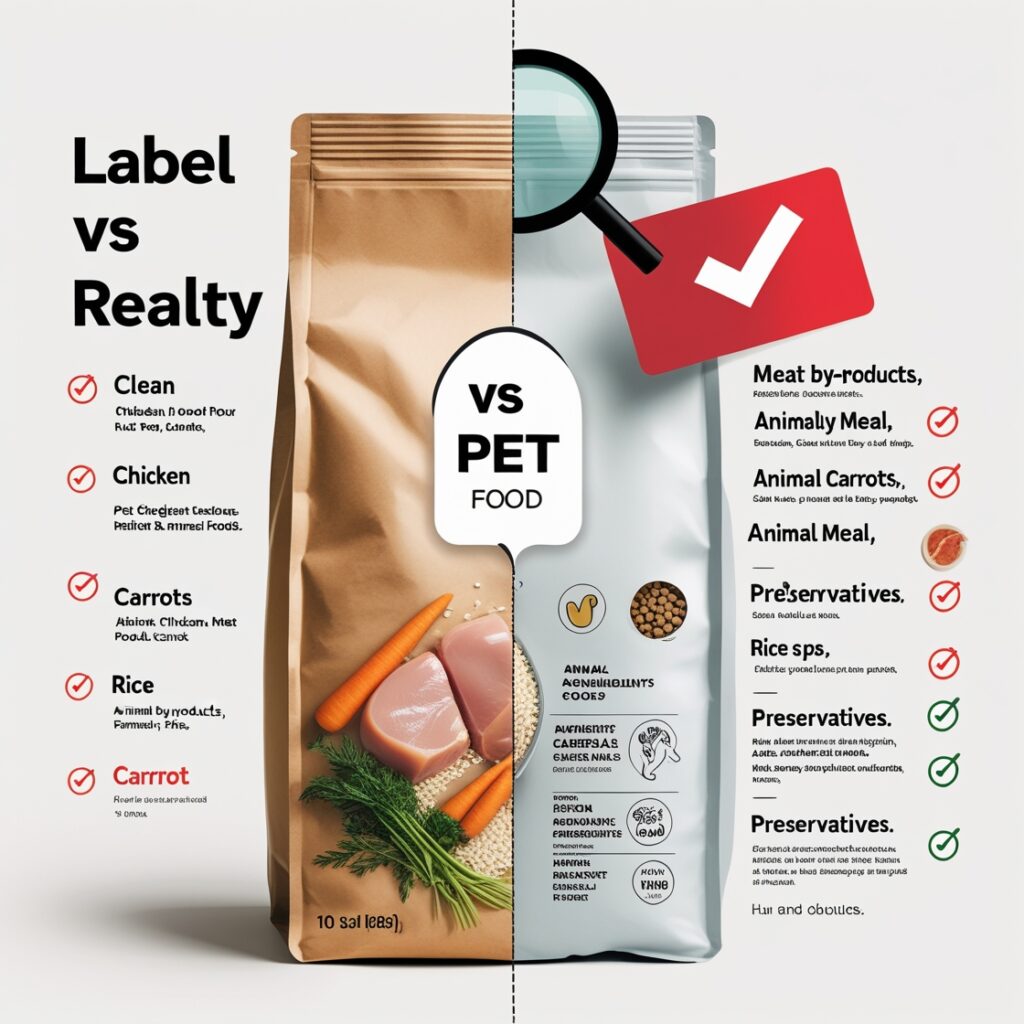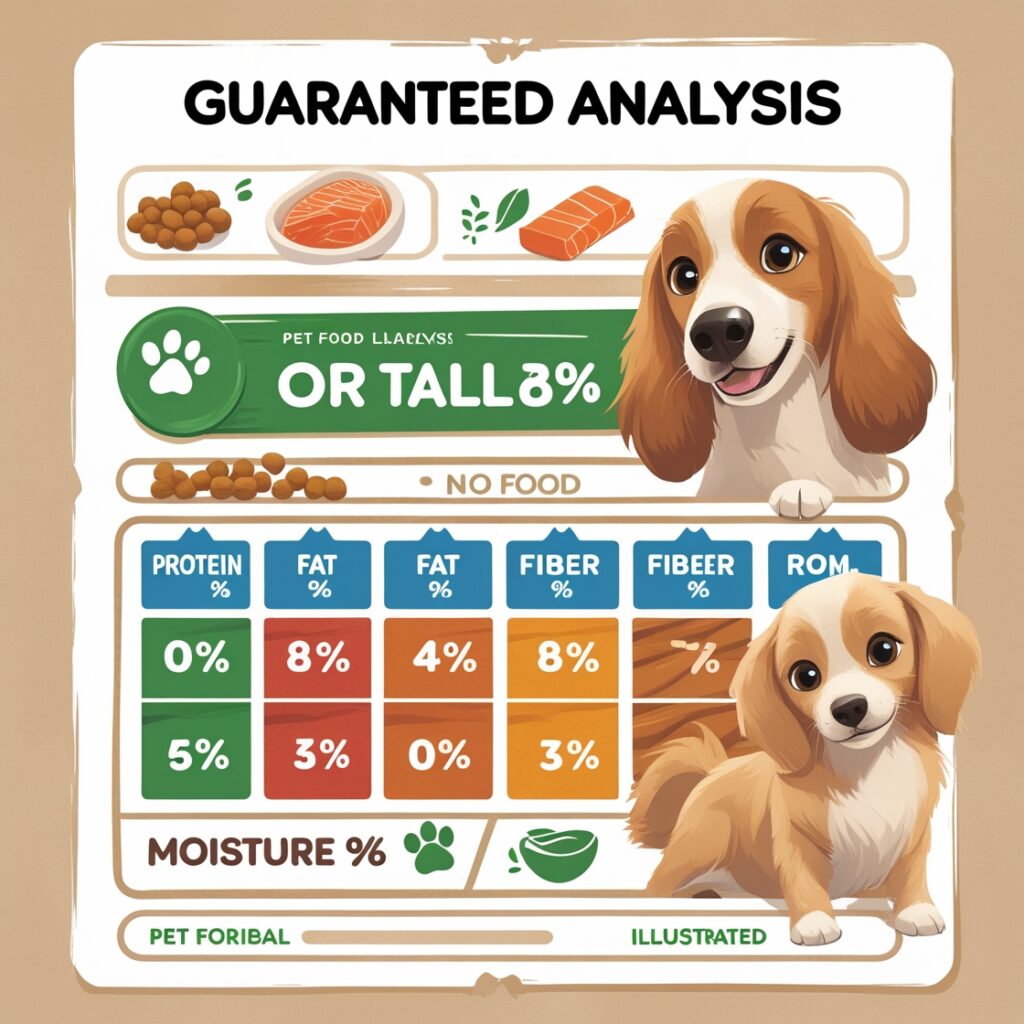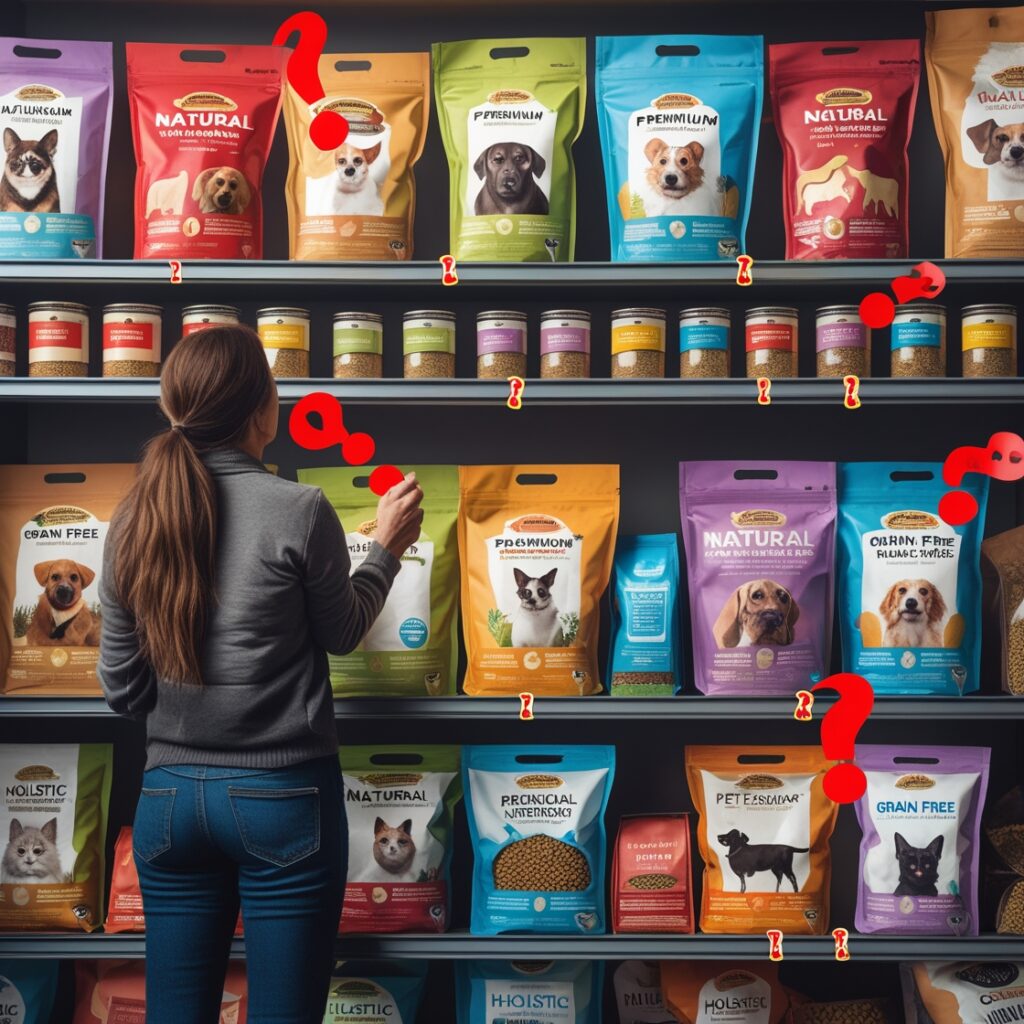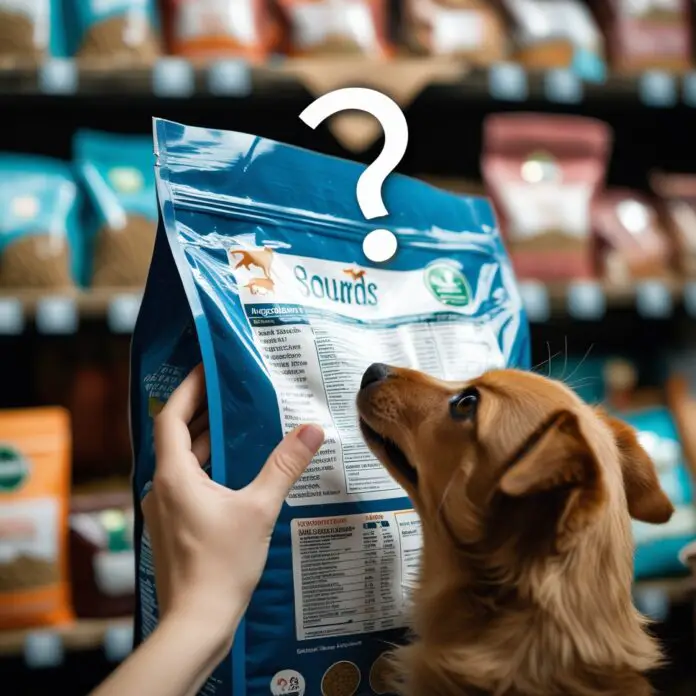The importance of understanding the pet food labels cannot be overstated as it is the only way to make sure that your pet is eating a balanced diet. This is a complete guide that will help you deconstruct the information on pet food packets, allowing you to decide what is the right thing to feed your pet’s health.
🐾 Why Pet Food Labels Matter
Pet food labels are much more than just a tool for selling, they are also a source of a lot of information that is both legal, nutritional, and safety in nature about what you are feeding your pet. Similarly to the food products that we humans eat, the labels on pet food are also restricted and they also have to follow certain rules, especially those in countries such as the U.S. where the standards are established by the AAFCO (Association of American Feed Control Officials).
Most of the pet owners prefer to blindly trust the brand or the look of the packaging of the products instead of actually taking a minute to verify the label contents. Sadly enough, it might even result in you feeding your pet the food that is lacking in some crucial nutrients or full of unnecessary fillers.
📍 Decoding Pet Food Labels: A Step-by-Step Guide
1. Product Name and Intended Species

The product name often specifies the food content. For instance, “Chicken Dog Food” must contain at least 95% chicken (water excluded). If the label reads “Chicken Dinner” or “Chicken Entrée,” it may contain only 25% chicken. Words are being used deliberately.
Check whether the label has a clear mention of the animal (dog, cat) it is intended for. Otherwise, giving incorrect food to the animal can have serious ramifications.
2. Net Weight and Quantity Statement
This part is about telling you how much food you are getting and also assists you in calculating the price per serving. The net weight should be shown in both pounds/ounces and grams/kilograms.
Moreover, it acts as a great way of comparing bulk bags and small packages, which sometimes look more expensive but are cheaper per ounce.
3. Ingredient List
This is an important part. Ingredients are generally listed in descending order based on their weights. Usually, in the case of a good quality food, the first ingredient is protein that is named (like “chicken” or “beef”).
Be aware of the:
- “Meat by-products”: a broad term. It might also contain organs or even such parts that are not to be consumed by humans.
- “Animal digest”: An enzymatic hydrolysis process from animal tissues, it is not poisonous, but definitely very processed.
- “Corn, wheat, soy”: These are usually cheap fillers and have a low nutritional value which is the reason for them being used.
4. Guaranteed Analysis
This graphic representation is quite educative as it provides quantities that represent minimal or maximal thresholds of some nutrients.
- Crude Protein: Main source for building muscles
- Crude Fat: Essential for the supply of energy and the regulation of hormones
- Crude Fiber: Necessary to sustain digestion
- Moisture: Determines the density of the food and its dur…
The exact values give you the possibility to compare products. The product with high protein and low fiber content in dry food is generally the most nutrient-dense.
5. Nutritional Adequacy Statement
This confirms whether the product has met AAFCO nutritional standards and which life stage it is suitable for:

- Growth/Reproduction (puppies, kittens, pregnant pets)
- Adult Maintenance
- All Life Stages
Search for: “Formulated to meet the nutritional levels established by the AAFCO…”
If it is not available, you should probably refrain from buying.
6. Feeding Instructions
This part gives informtion on the amount of food your pet requires, depending on its weight. Nevertheless, it’s a good point to remember that in:
- Less active pets might need fewer sedentary
- More active pets might need more
- When in doubt always ask your vet
7. Manufacturer Info and Lot Codes
For a company to be considered reliable, these are the details customers should know:
- The address of their physical location
- Customer service number
- Website link
- The identification of the lot and its expiration date
This is one way of showing transparency and
💡 Bonus: Common Pet Food Label Terms & Their Real Meanings
| Term | What It Actually Means |
|---|---|
| “Natural” | No artificial additives, but can still be heavily processed |
| “Organic” | Must meet USDA organic standards |
| “Grain-Free” | Uses potatoes/legumes instead of grains; not always healthier |
| “Human-Grade” | Made in facilities suitable for human food |
| “With Chicken” | Contains as little as 3% chicken |
🐕 Hidden Ingredients & Labeling Tricks to Watch Out For
- Splitting ingredients: Manufacturers have mastered the art of splitting corn into “corn gluten meal,” “ground corn,” and similar ingredients, thus pushing meat up the list of the product’s ingredients.
- Flavor labels: “Beef flavor” might not feature actual beef at all, being only represented by artificial flavor instead.
- Unspecified fats: “Animal fat” may be interpreted as just a generic fat, while “chicken fat” is an indicator of a higher quality product that is good for your pet.
- Colorful packaging: It may be visually engaging to you, but your pet doesn’t care at all.
🚀 How to Choose the Best Food for Your Pet

- Read the first five ingredients;
- Check the AAFCO statement.
- Reject by-products and other inscrutable terms.
- Follow the feeding guide, then make sure your pet is not overweight.
- Ask your vet to study the food.




Fantastic site. Lots of useful information here. I am sending it to a few buddies ans additionally sharing in delicious. And obviously, thanks in your sweat!